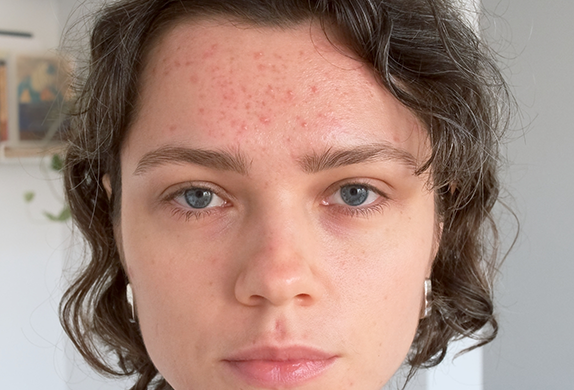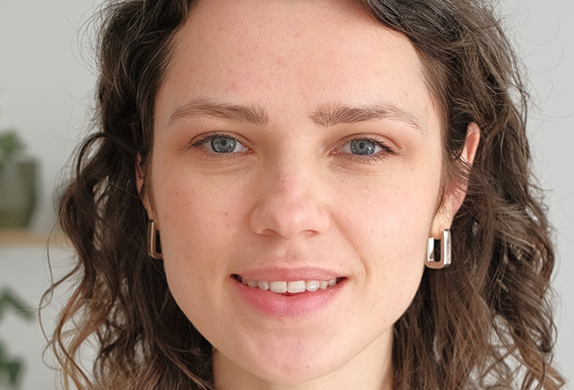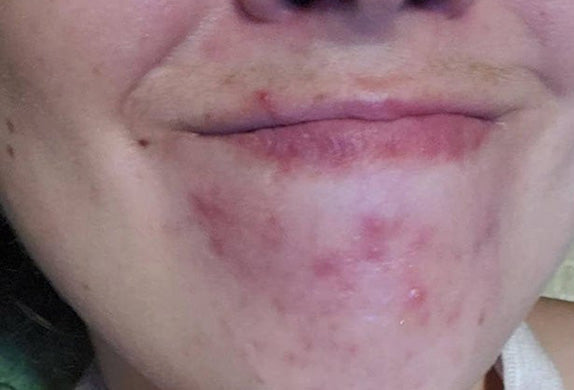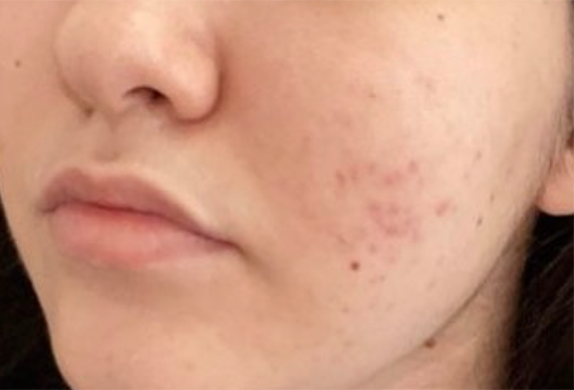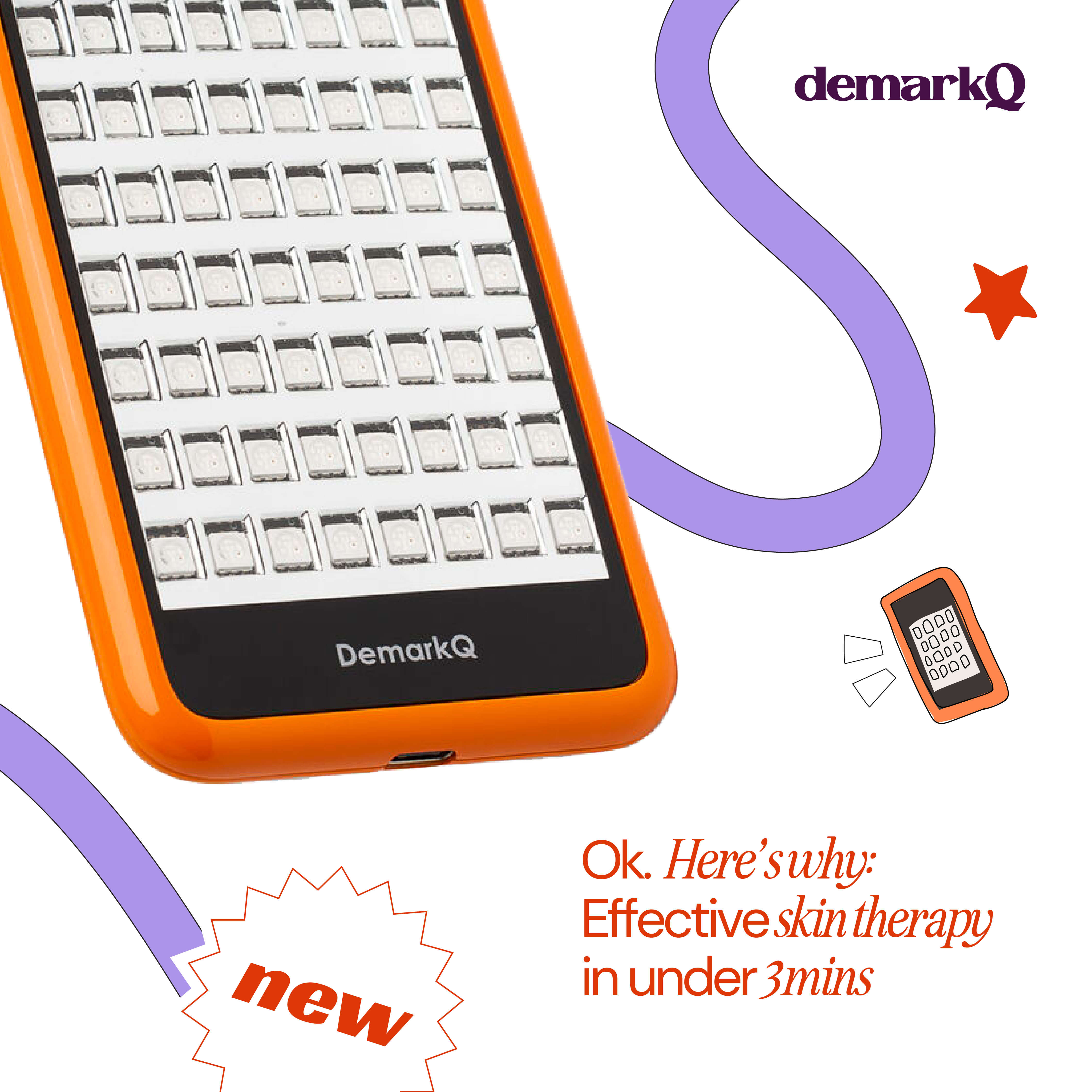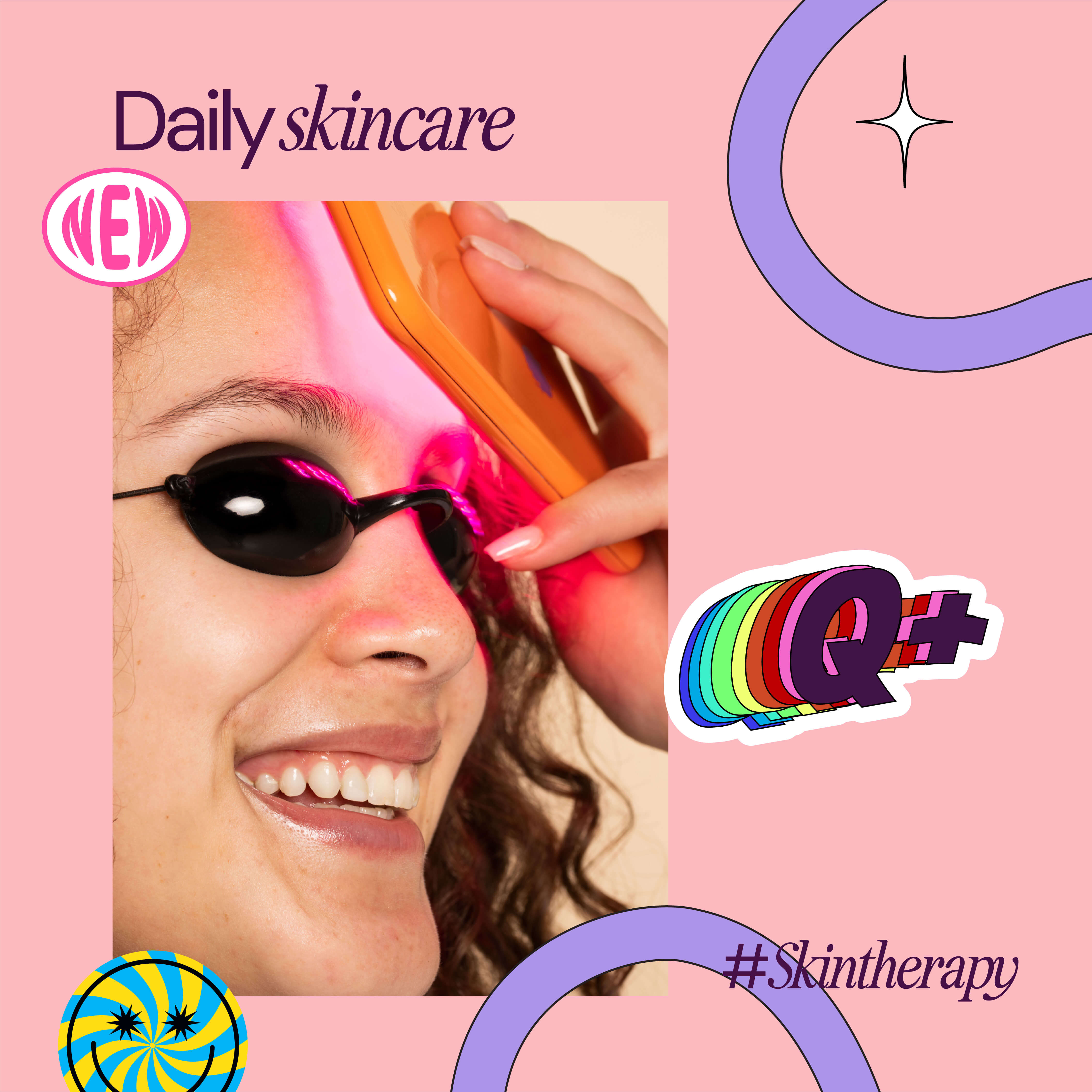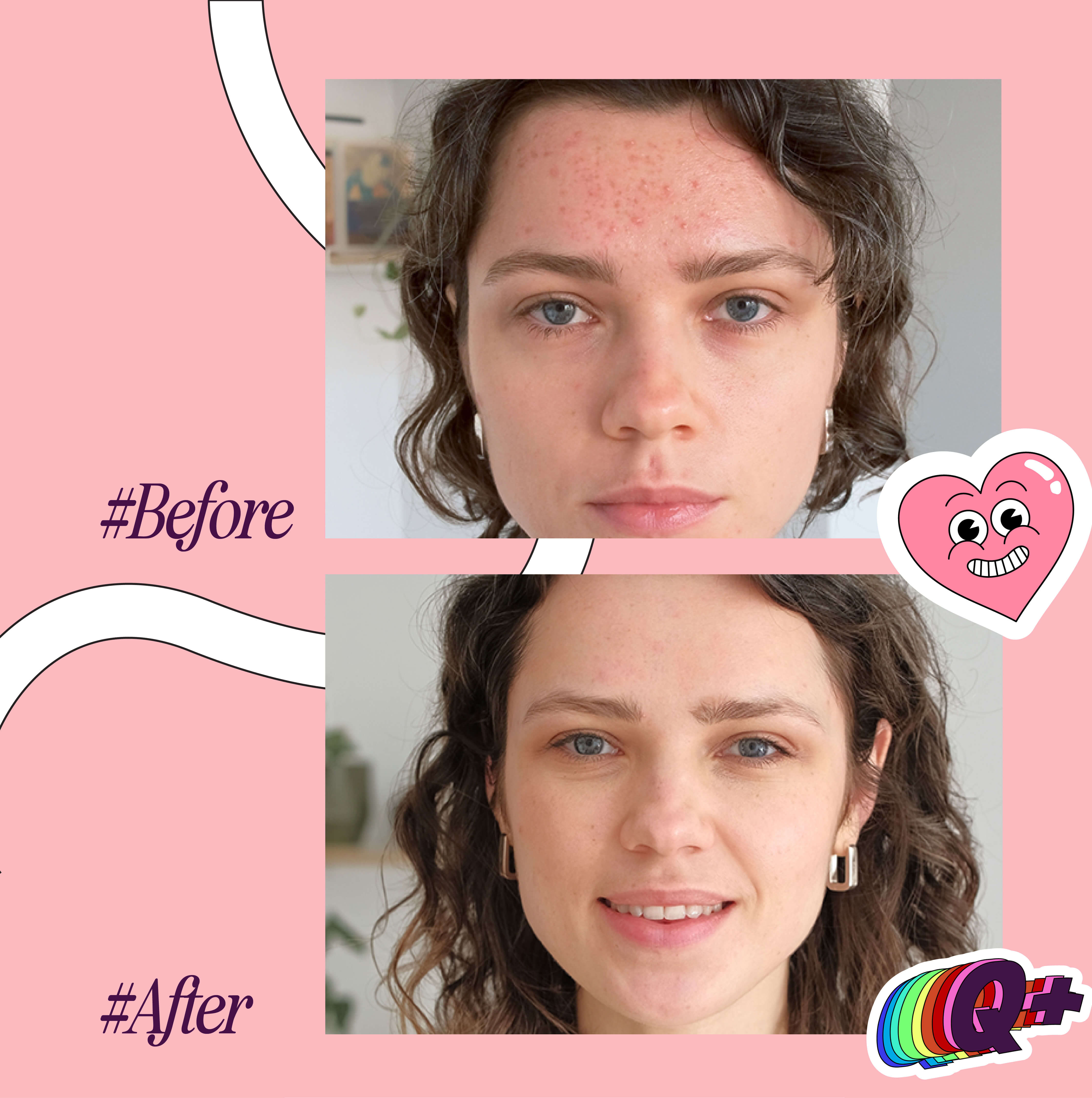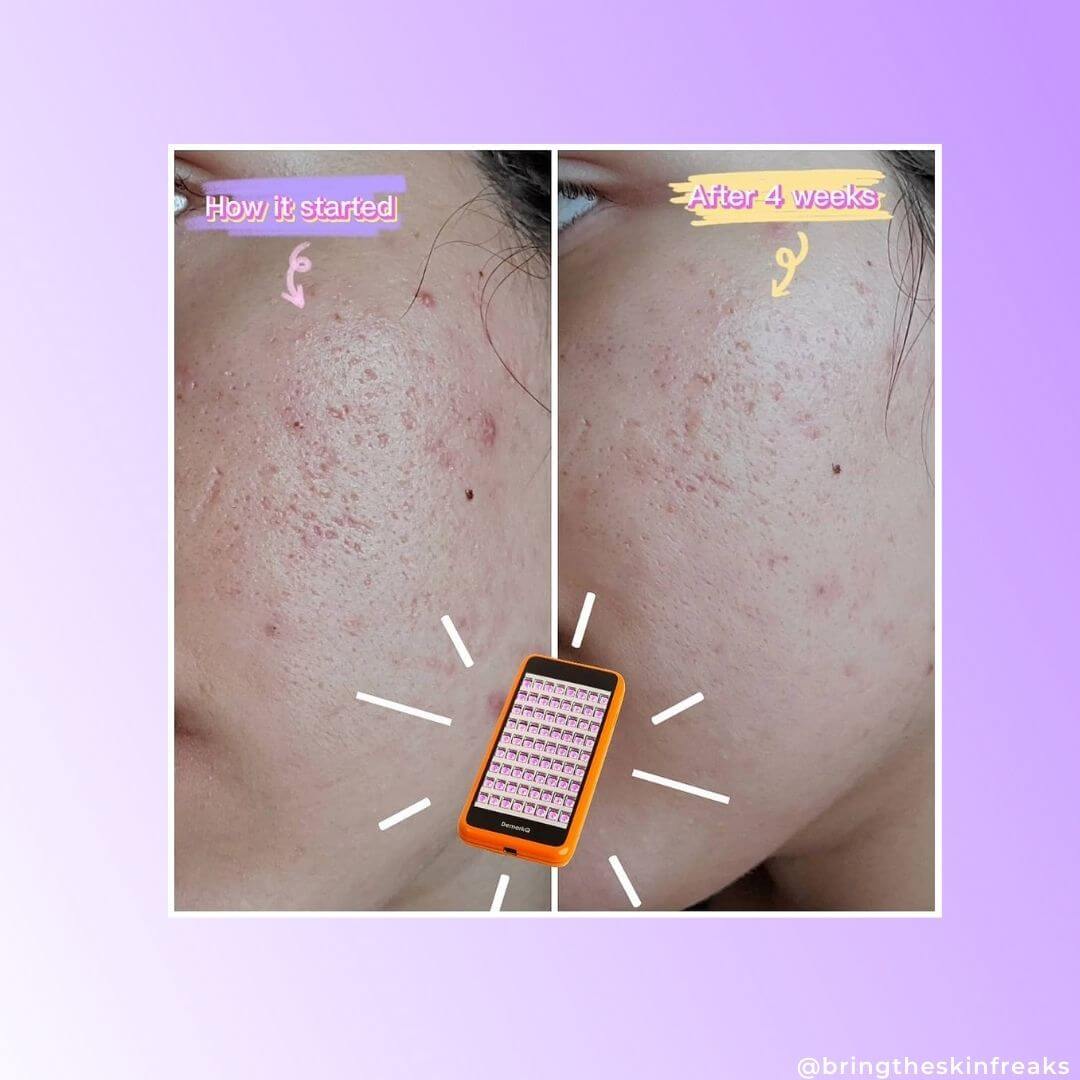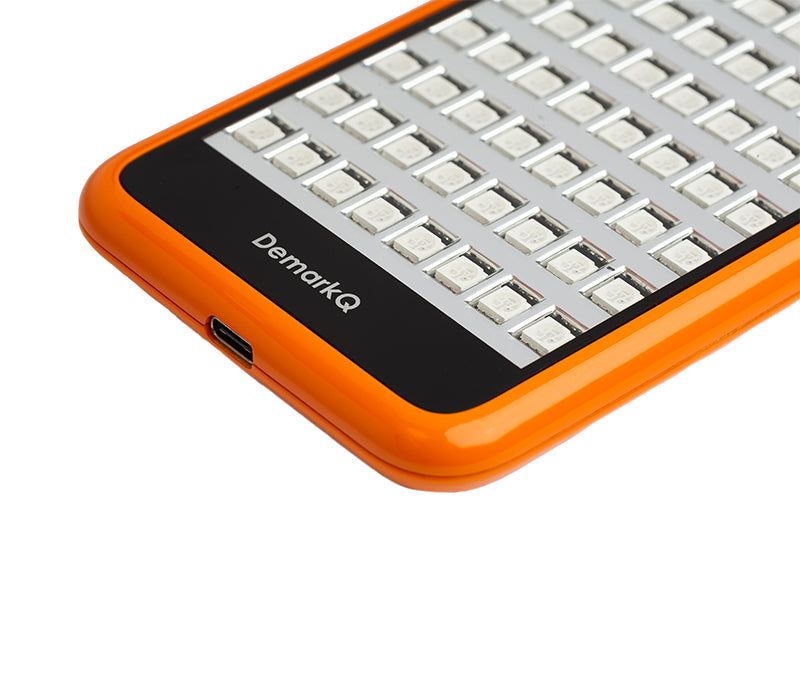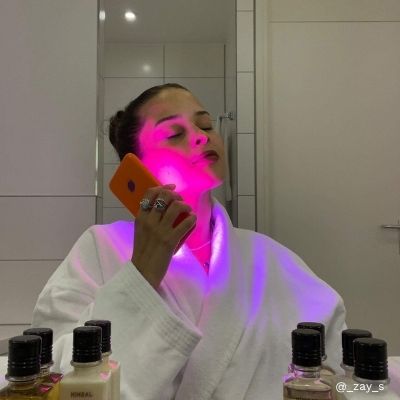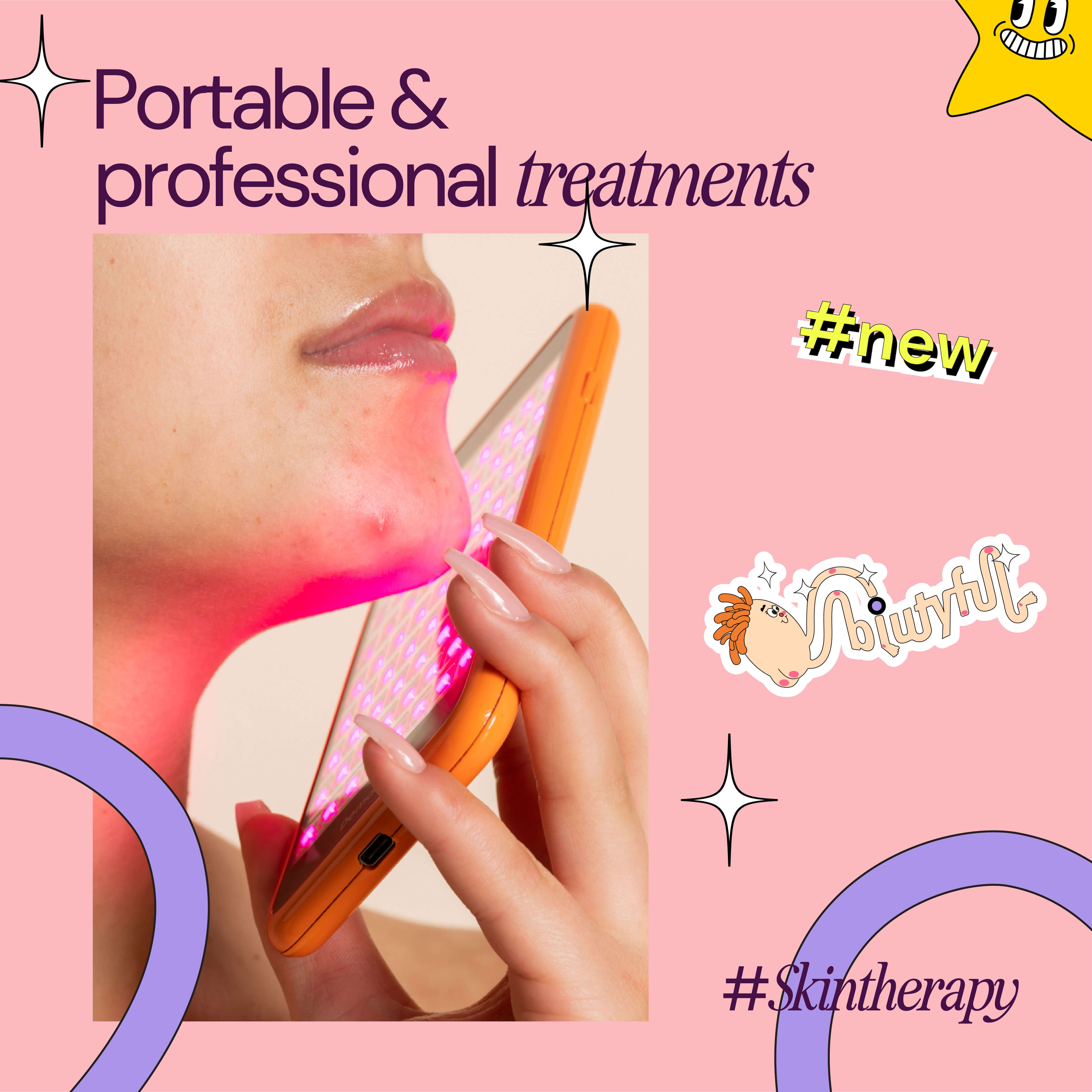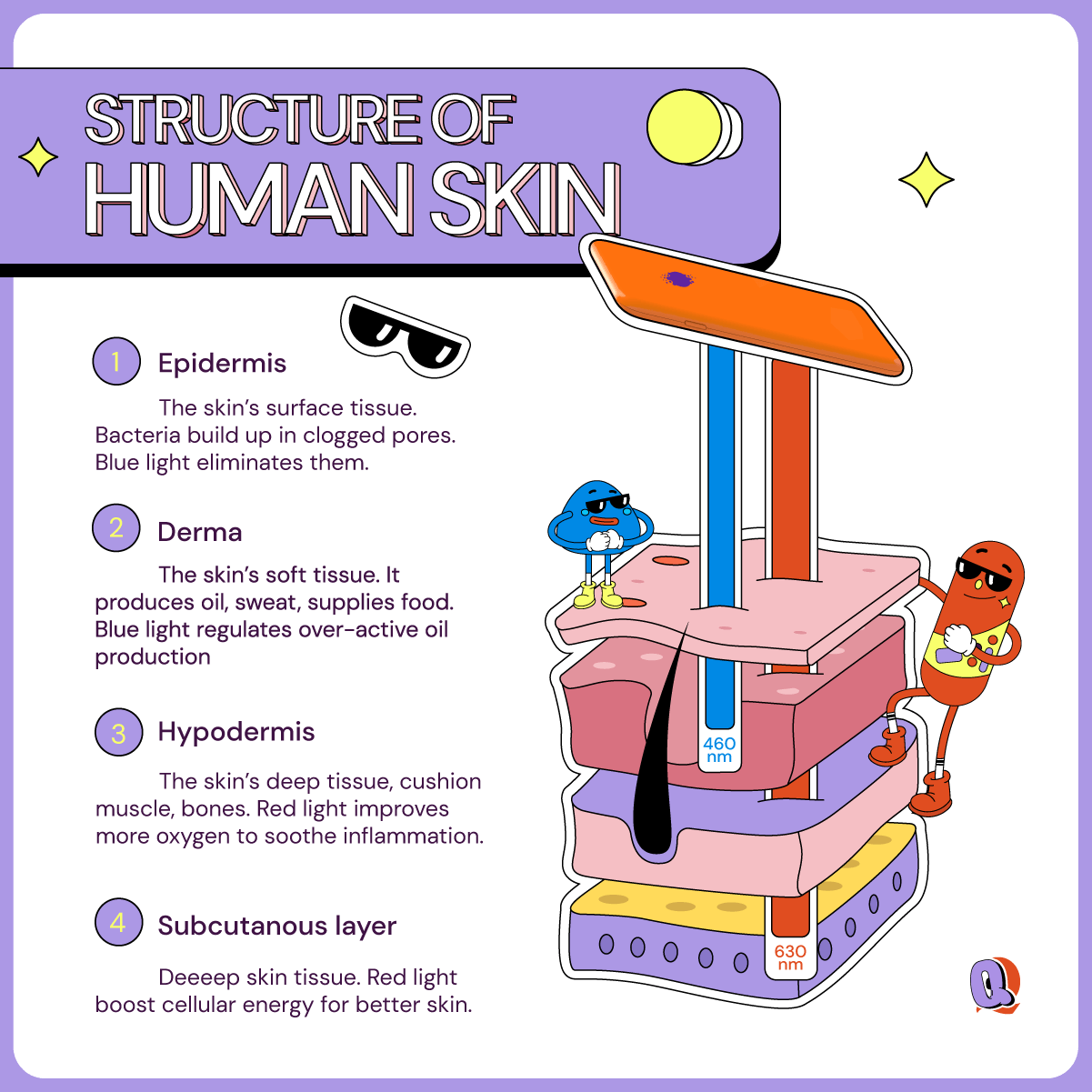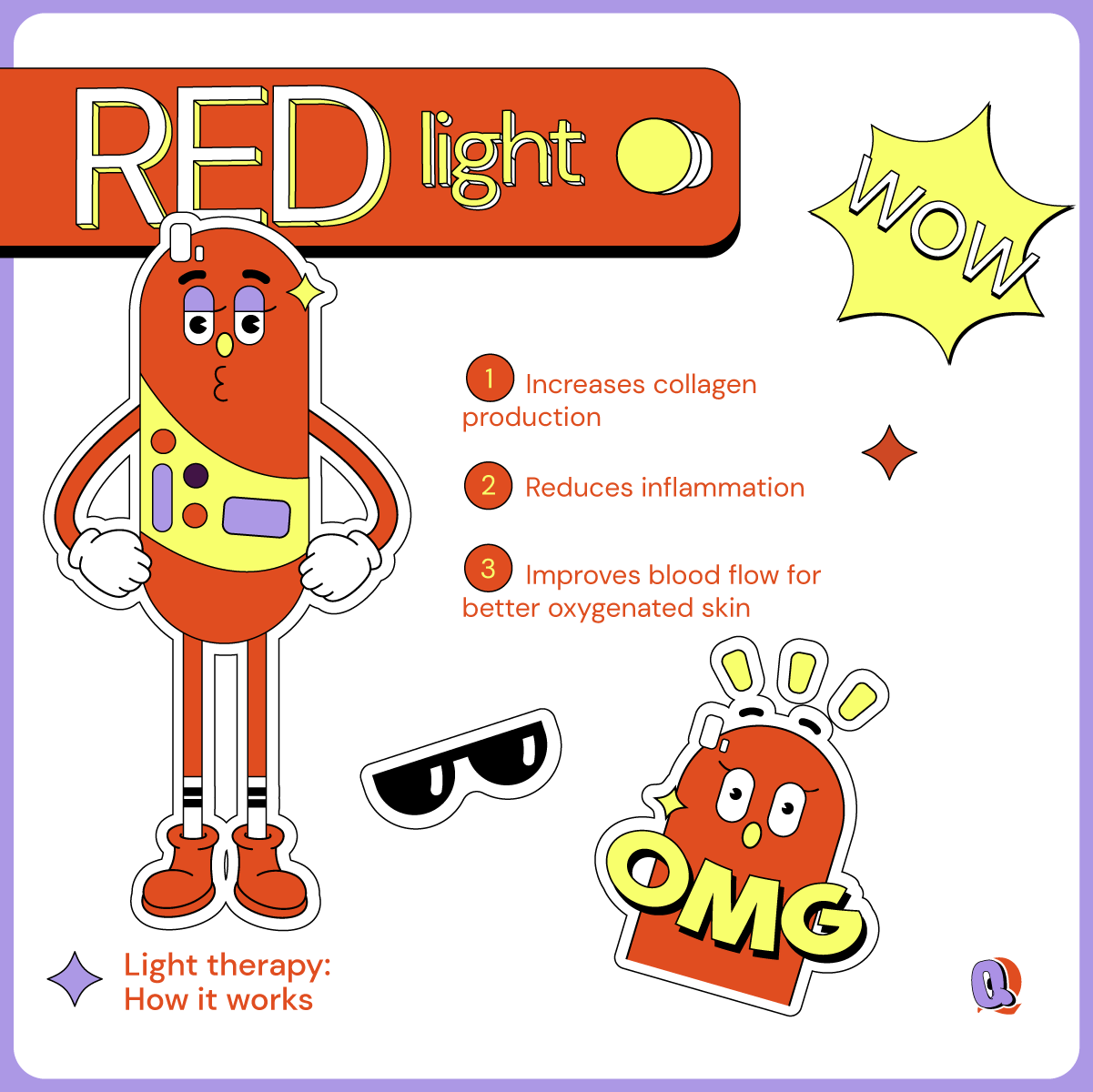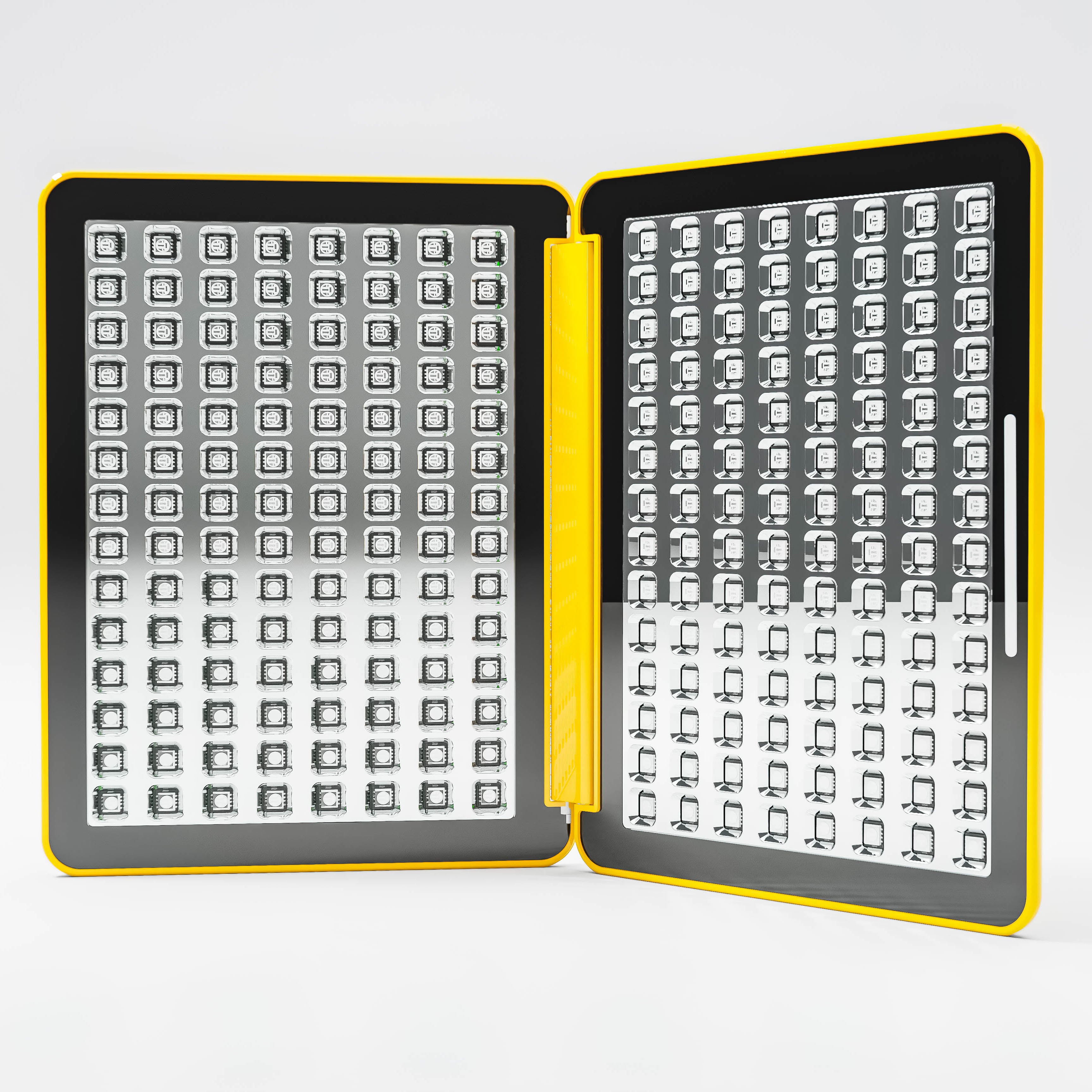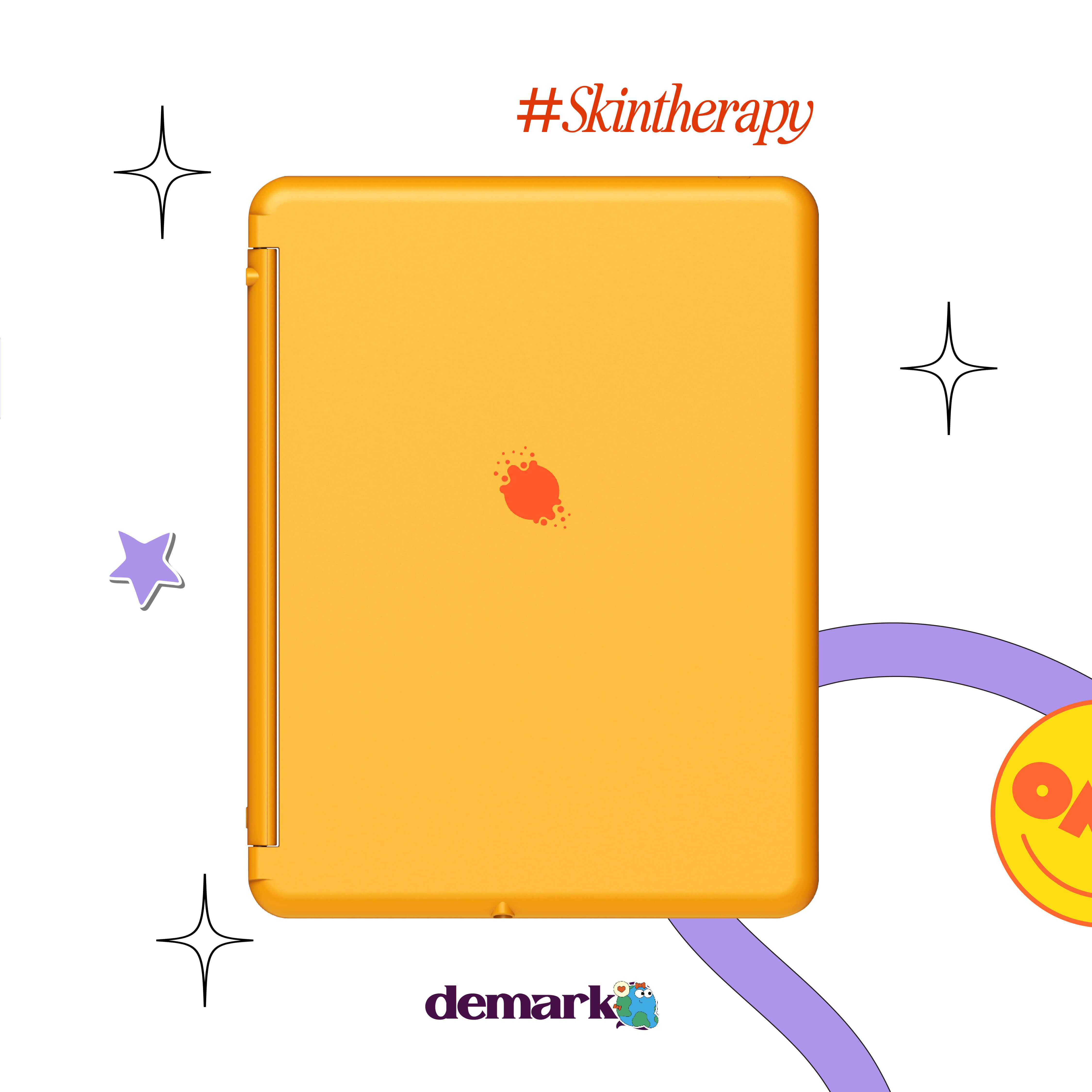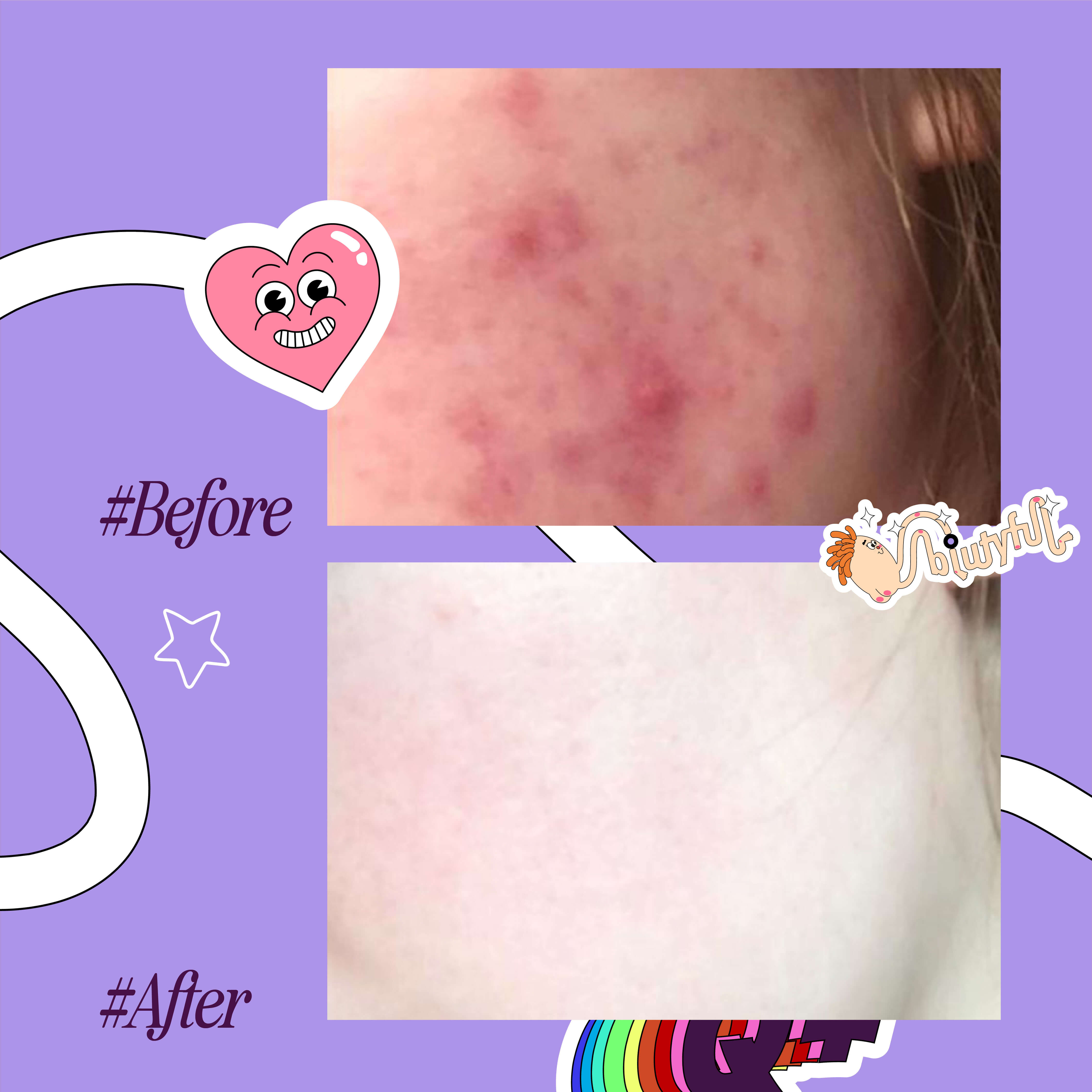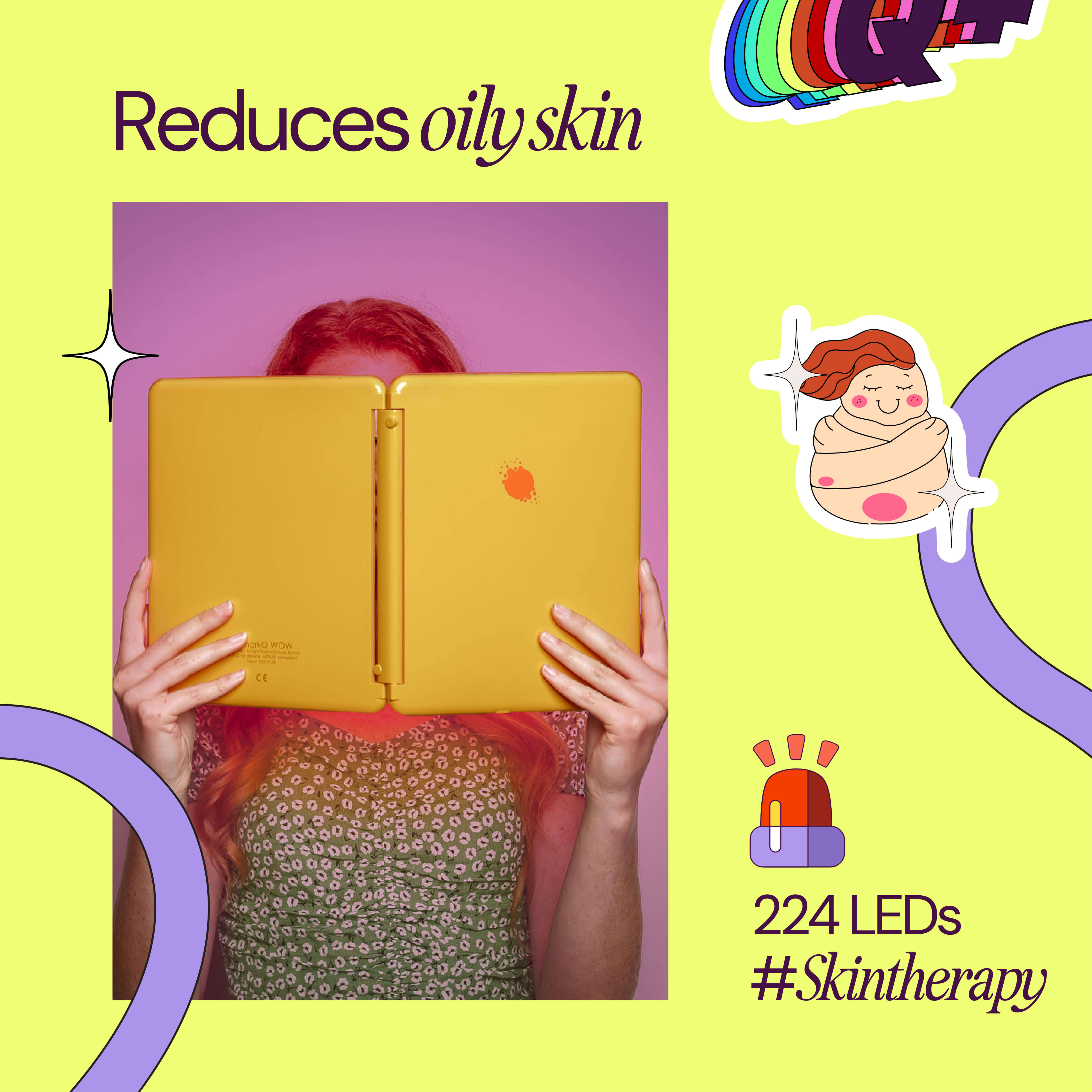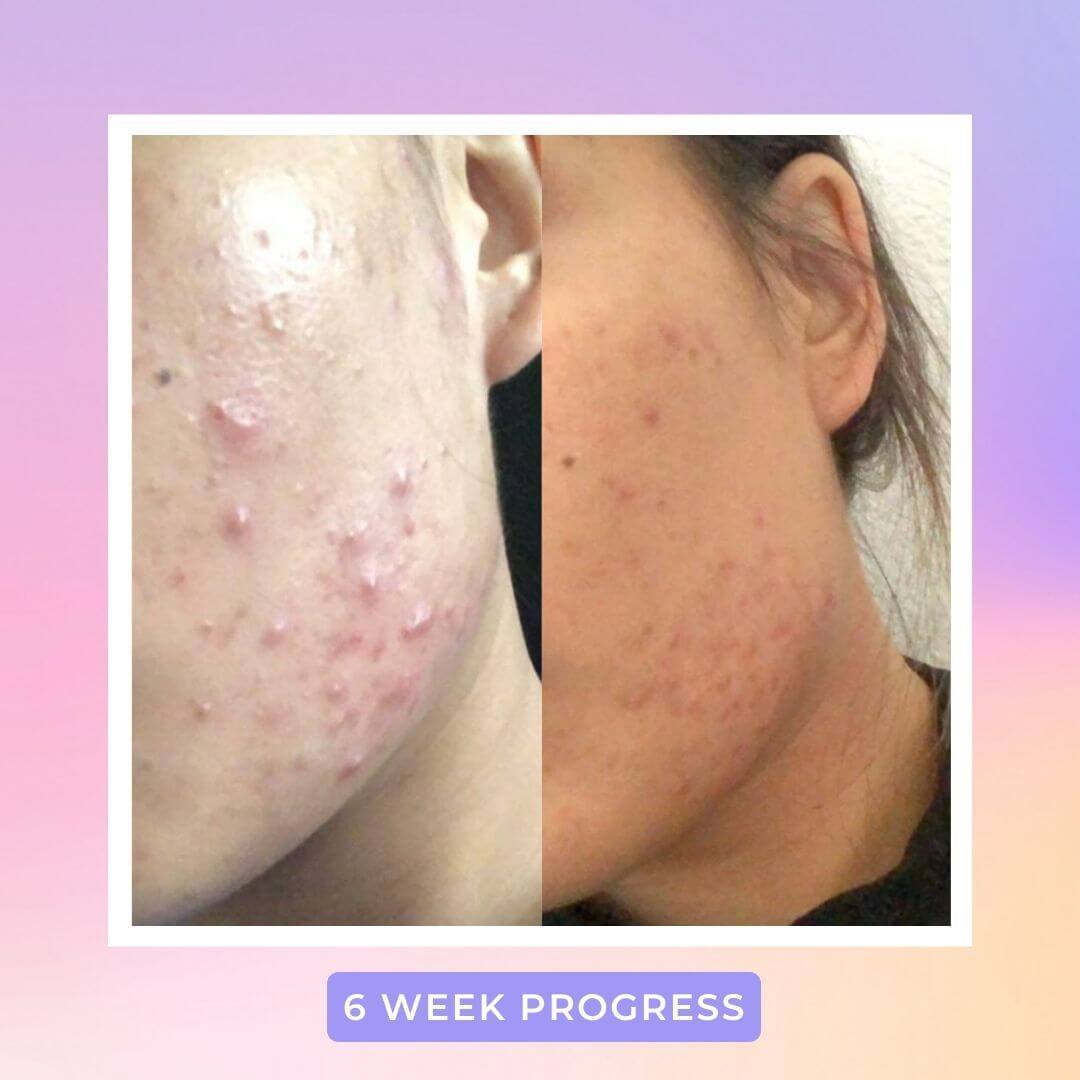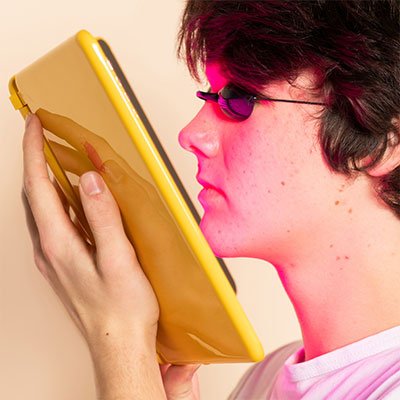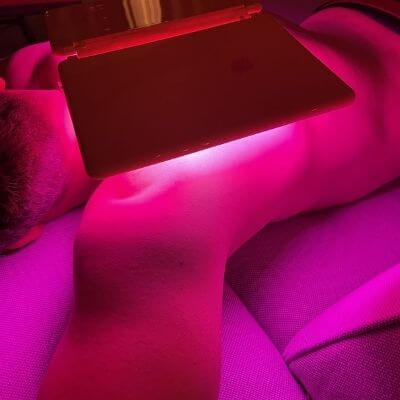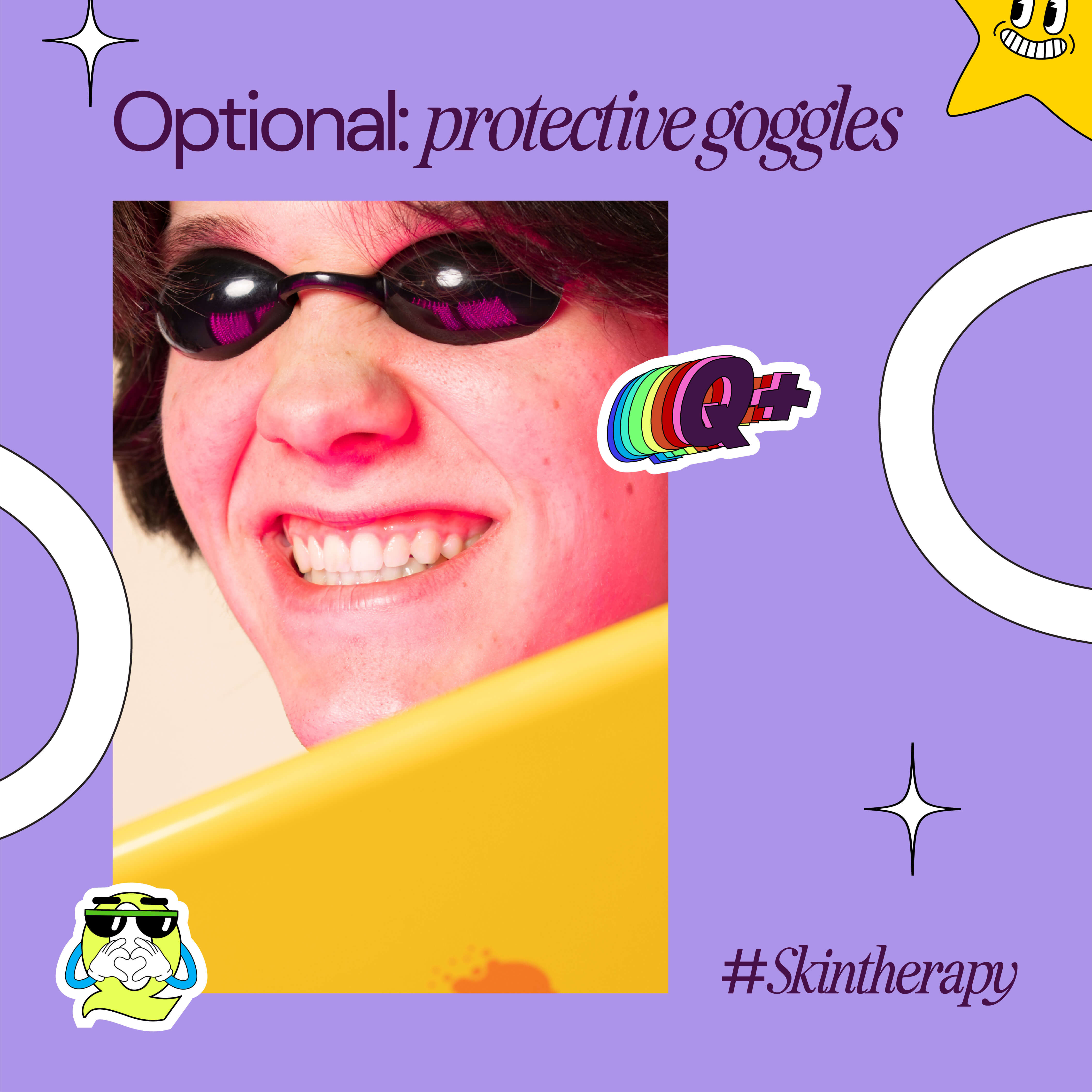It’s a joyous day when you finally notice your acne is starting to heal. The sun feels a little warmer, the sky seems bluer, and the grass a little greener. Acne may be common, but it is not an easy condition to treat; it takes A LOT of experimentation, patience, and dedication. And that does not even include the mental and financial toll it can take on someone suffering from acne. But alas, it is behind you now. Better days are coming.
Until you realize you have one more chapter left on your skin journey—acne scars.
Much like its predecessor, acne scars are notoriously difficult to heal. However, the first step to helping your skin is to understand what is wrong with it. So, here is the full breakdown of what acne scars are and how to heal them.
- What are acne scars?
- Are they here to stay?
- Are there different types of acne scars? (Hint: yes)
- Who gets acne scars?
- What’s next?
What are acne scars?
At first glance, this might seem a redundant question: acne scars are a result of acne. Sure, but there’s a lot more to it.
Acne scars are a result of improper wound healing This is one of the most complex biological processes in our body. As most of us know, acne is caused by pores clogged with sebum which can later get infected by bacteria. As the pore expands, the surrounding tissue gets damaged. Acne scars arise from alterations in collagen deposition in the dermis layer of the skin following this damage.
Not all scars are created equally. Depending on the damage to the skin tissues, the scars show up in different ways: whether it be in the form of hyperpigmentation, atrophic scars, or hypertrophic/keloid scars.

Are acne scars here to stay? Are acne scars permanent?
Now, you’re not going to like my next sentence but take it with a pinch of salt. Acne scars are, unfortunately, permanent. By that, we mean there is not a real treatment to heal it. Its appearance can be improved of course but it is hard to heal it completely. That’s why unfortunate as it is, preventing the formation of acne or healing it completely is the best way to avoid scarring.
So as tempting as it is, STOP PICKING ON YOUR SKIN!
Before you stop reading this in despair, know that there IS hope. Acne scarring is a result of your body trying to heal itself, albeit imperfectly. Therefore, the trick to reducing acne scars is by helping your body with that natural process.
So, how does that work?
Acne healing is related to the wound healing process of your skin. The scarring process is as follows:
Inflammation: active blood cells create inflammation, resulting in hyperpigmentation. However, there is a strong correlation between the duration of inflammation and the development of scarring. Treating early inflammation in acne lesions is the best way to prevent acne scarring.
Granulation tissue formation: new collagen is produced after the acne wound is created. In this step, the damaged tissues are repaired with new collagen cells. Collagen stimulating treatments could help this process.
Matrix remodeling: the structure of collagen proteins fail to return to its previous structure, resulting in visible patchiness in skin tone and texture.
Are there different types of acne scars?
Scarring occurs early in the acne development process. Therefore, again, as much as I hate to say it, the best way to treat acne scars is to treat your acne. However, if it’s too late for that, the best way to heal your acne is to diagnose it properly and find solutions that work. So, here is a quick rundown of the different types of acne scars you may have.
Pigmentation
Pigmentation doesn’t exactly fall into the category of acne scarring. It is referred to more as pseudo-scarring because while it leaves a mark after acne, unlike other types of scarring, it does not result from tissue damage of the follicle. Rather, they are simply discoloration following an inflammatory wound. These (pseudo)scars can either be:
- light pink (erythema),
- brown (post-inflammatory hyperpigmentation or PIH), or
- white spots (post-inflammatory hypopigmentation).
PIH is the most common(especially among people who tan easily under the sun). One thing is for certain though, they take a substantial amount of time to heal.
Atrophic scars
Atrophic scars result indents on the skin surface and are the most common form of acne scarring. Depending on the shape of the depression, they are classified into 3 subcategories:
- Ice-pick scars are narrow but go deep into the skin.
- Rolling scars are wide and have rounded edges. They are pretty shallow relative to ice pick scars.
- Boxcars are wider on the surface but less deep than ice pick scars.
The shape of these indents also determines the appearance of the scar on the skin.
An atrophic scar heals below the normal layer of skin tissue- causing the appearance of indents. Atrophic scars form when the skin is unable to regenerate tissue from its cells since the body is not able to produce enough collagen. These scars are more difficult to heal and often require external treatment from a medical/aesthetic professional.
Hypertrophic and Keloid Scars
Hypertrophic and Keloid scars are a result of fibrous overgrowth to the tissue around the acne wound, and therefore appear as raised, thickened scar tissue. Other than acne, hypertrophic scars also form after burn injuries and cuts.
While hypertrophic and keloid scars may appear identical, their size and height distinguish them from each other. While hypertrophic scars limit themselves to the affected area and are shorter than 4mm, Keloid scars can grow much taller and wider.
Hypertrophic and Keloid scars, like atrophic scars often require professional treatment and can be notoriously difficult to heal.

Who gets acne scars?
Unfortunately for some of us, we are just more likely to develop acne scars just because. *deep sigh* Genetics play a huge role when it comes to scar formation. However, there are factors (that you can control) that make you more susceptible to acne scars.
- Picking and squeezing your skin: I have told you once and I’ll tell you again- STOP PICKING ON YOUR ACNE!
- Type of acne: This is not surprising, but the more inflamed your acne, the more difficult it is to heal.
- Delay in acne treatment: Delays in acne treatment can result in deeper scarring. That is because inaction allows the bacteria to fester and multiply and worsen the acne.
- Exposure to UV light: When it comes to superficial consequences like PIH, ignoring sunscreen can cause the discoloration to darken and last longer.
- Smoking: Smokers are more likely to develop acne scars since collagen production declines
- Sugar consumption: High sugar consumption leads to the increased production of advanced glycation end products (AGEs), which make collagen brittle and weak.
Regardless, it is not possible to predict who gets acne scars. By some miracle, even people who may have all the risk factors may not necessarily scar.
What’s next?
Acne scars are complex. Therefore, understanding why they form is the first step to preventing them. This understanding also informs how you can better treat them to reduce their appearance. Now that you know exactly what you suffer from, check out our blog where we provide a full rundown of the different ways to help heal acne scars.

